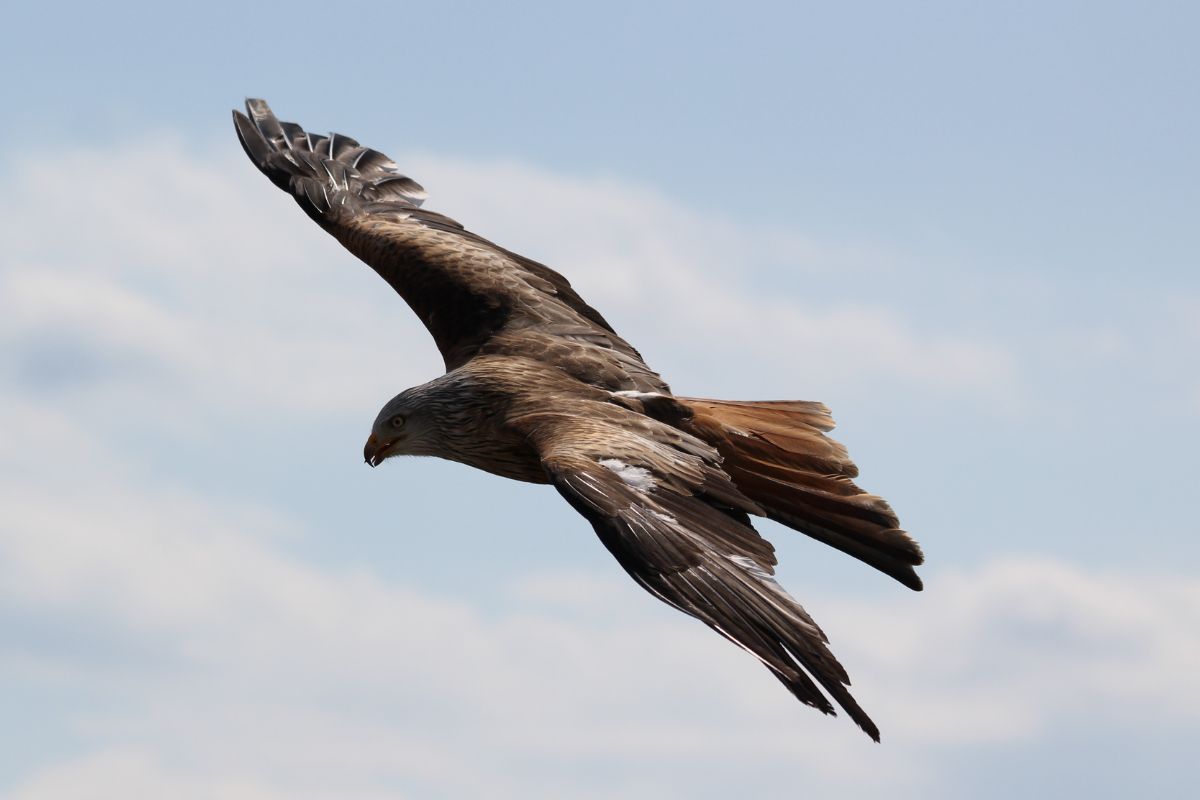Scientists found a way to combine taxidermy to turn dead birds into drones that could be used to spy on humans.
A team of researchers has successfully designed drones from the bodies of stuffed dead birds, dubbed “ornithopters.”
The researchers who created the birdlike drones said they could be used to get a “seamless and natural” look at the wildlife or, in the military, to spy on people unnoticed, the paper presented at the American Institute of Aeronautics and Astronautics SciTech 2023 Forum demonstrated.
The research was published in “New Scientist,” where Dr. Mostafa Hassanalian from New Mexico Tech said, “Instead of using artificial materials for building drones, we can use the dead birds and re-engineer them as a drone.”
The study combined taxidermy bird parts with artificial flapping drone mechanisms to mimic living birds’ general appearance and activities more closely.
Two tests were conducted. One used a real pheasant lookalike.
Dr. Mostafa Hassanalian added, “Sometimes looking at nature provides us the best answer for the development and optimization of different types of engineering systems.”
The study focuses on understanding how flappy drones can help experts analyze wildlife.
The new findings, scientists claim, can help make existing flapping-wing drones “look more natural.”
For now, these dead bird drones, also called Ffapping-wing drones or ornithopters, are prototypes.
The study concluded that there is still a place for improvement, such as adding legs “so that the drone can perch and monitor without using much battery.” Further, they established they need to reduce the noise.
Additionally, replacing some elements can help with the longevity of the “ornithopters.”
Among other findings, the researchers discovered that bendable wrists give these drones more flexibility during flights.
With 3D flapping and aerodynamic simulators, the study said, “limits of aerodynamic flapping characteristics could be set for the drone for a specific set of wings.”
There are also ethical questions, and even Dr. Hassanalian acknowledged that researchers need to look into policies for dealing with dead birds before getting more ambitious.
Hassanalian’s final word on the matter also raised concerns among ordinary people, as the doctor said, “Sometimes you don’t want people to find out that this is a drone.”
Read More:
- Bouncer Catches Evil Man Putting Drugs in Young Woman’s Drink and Takes Matters into His Own Hands
- 10 Irresistible Traits That Define a True Manly Man

